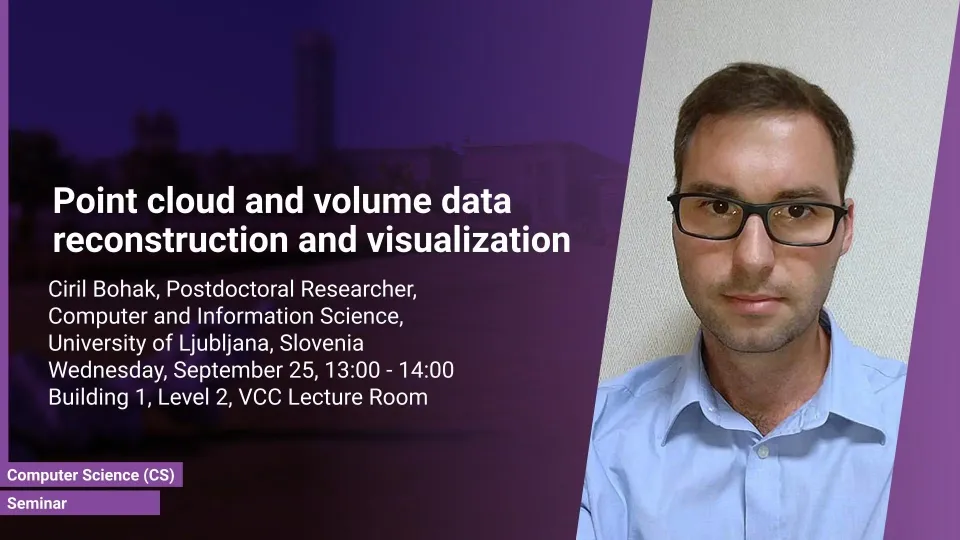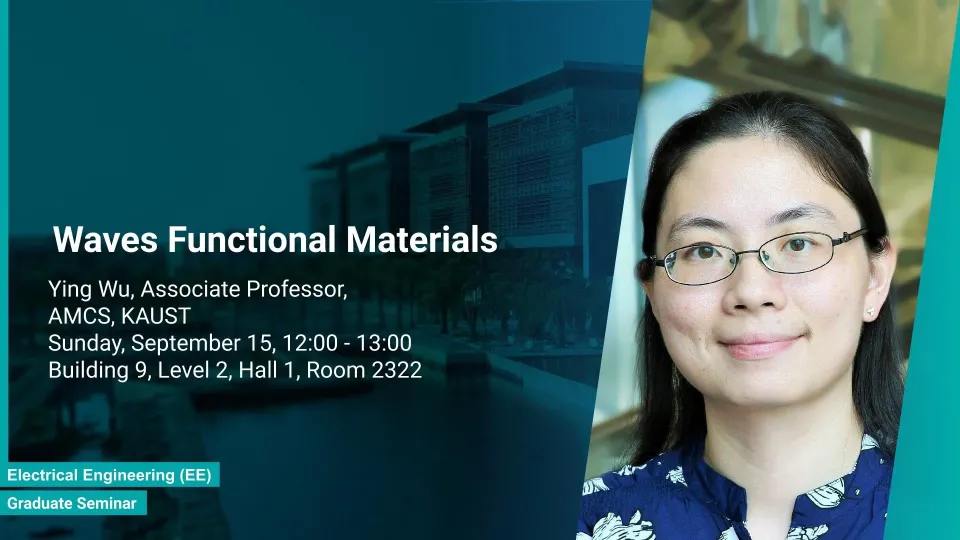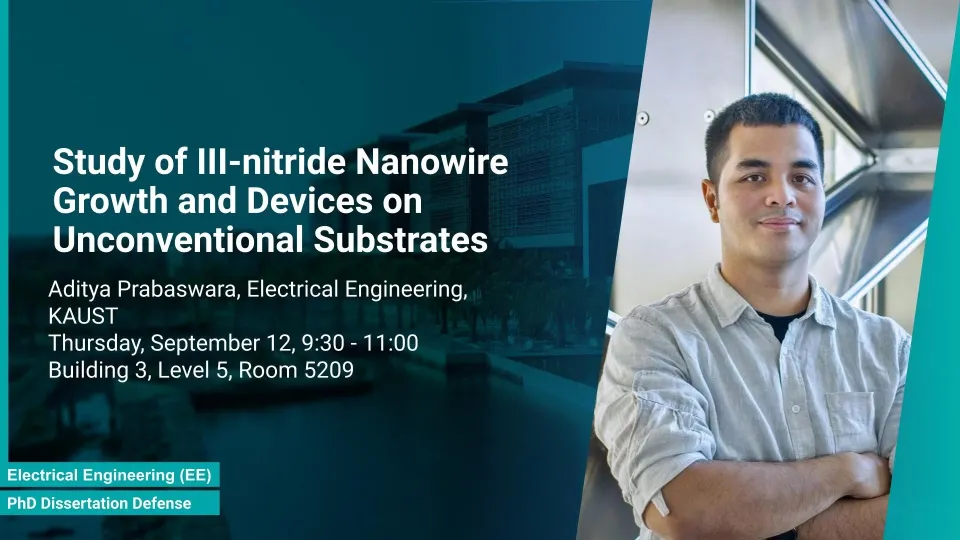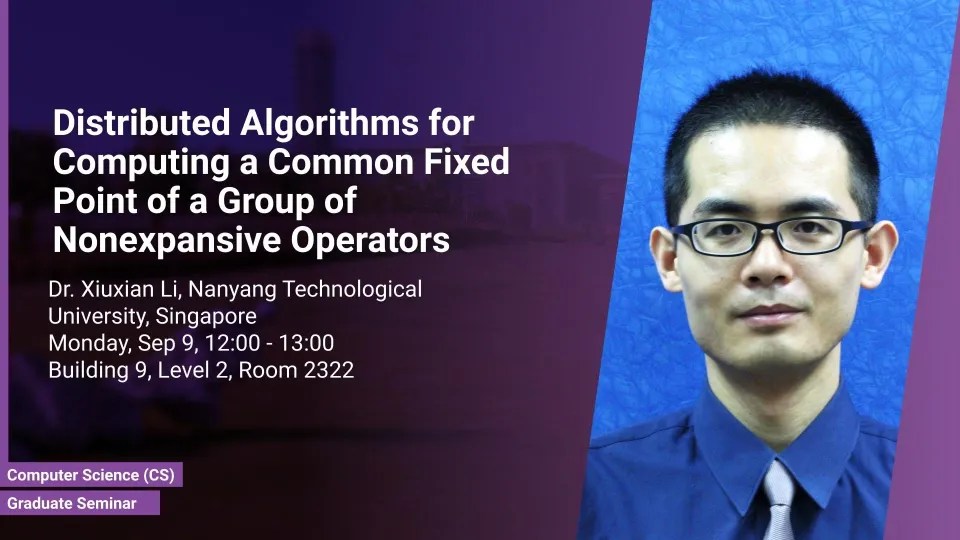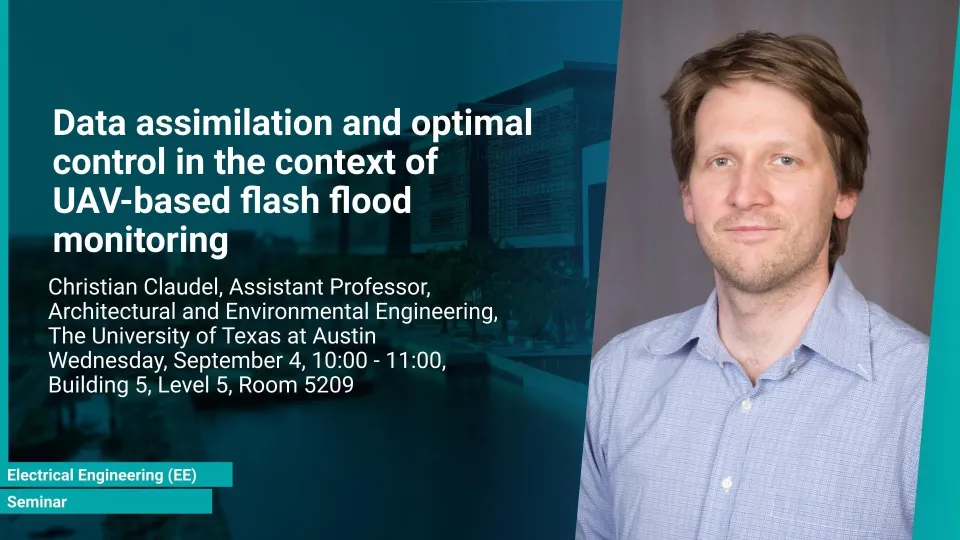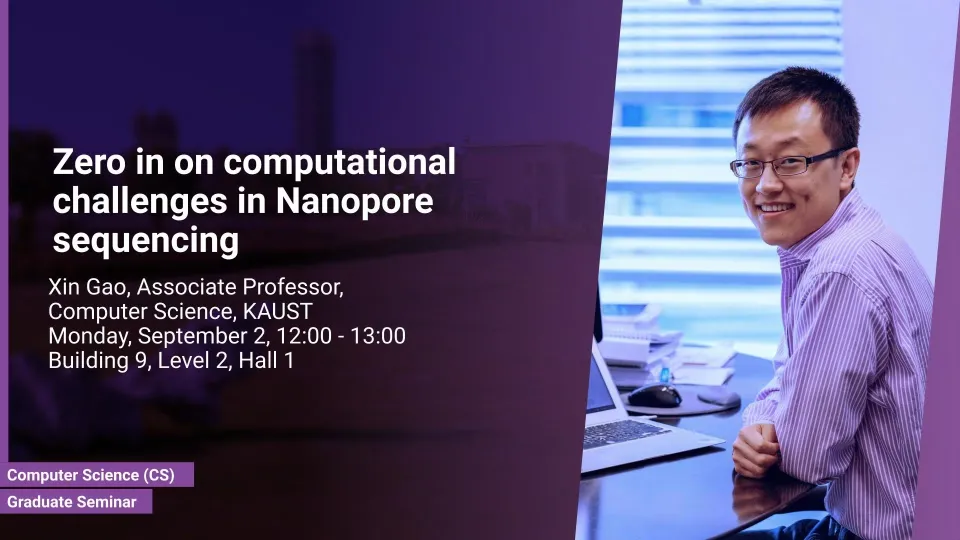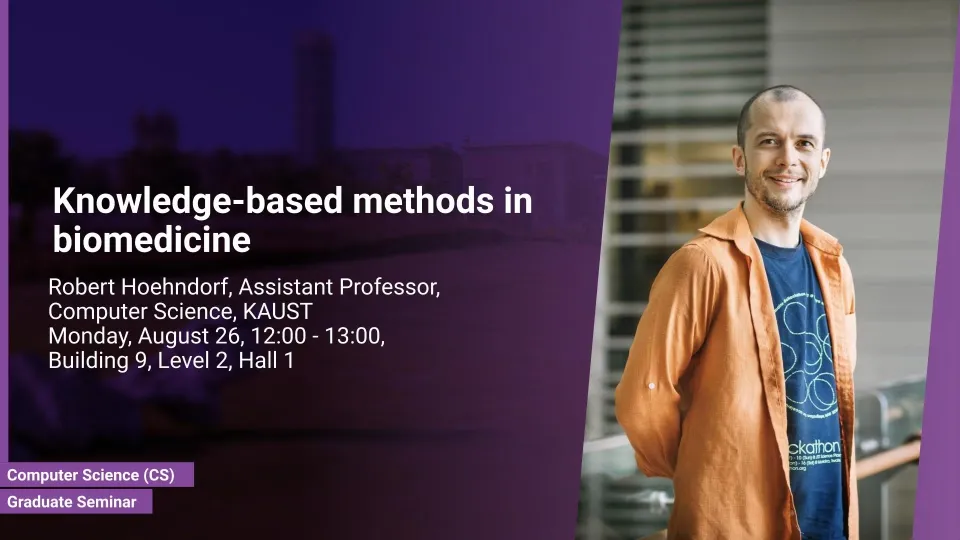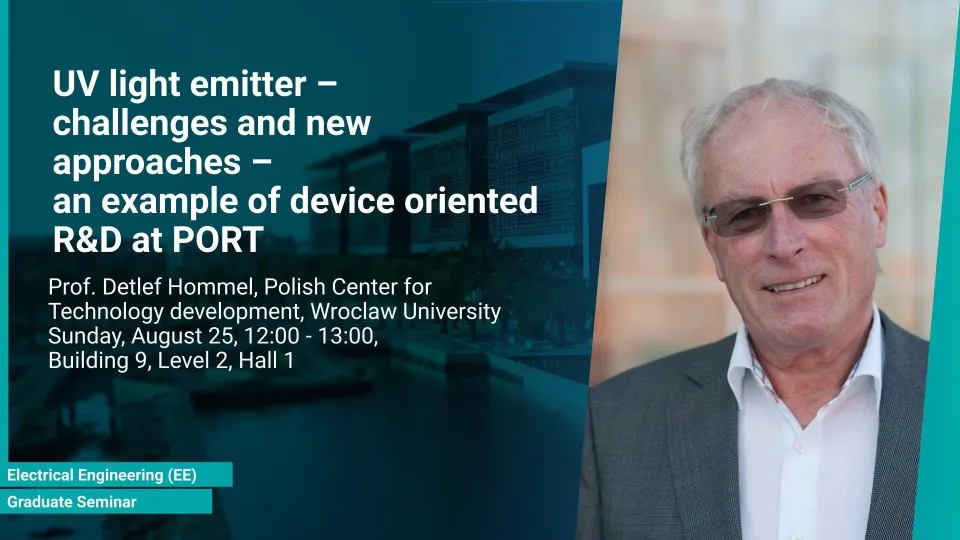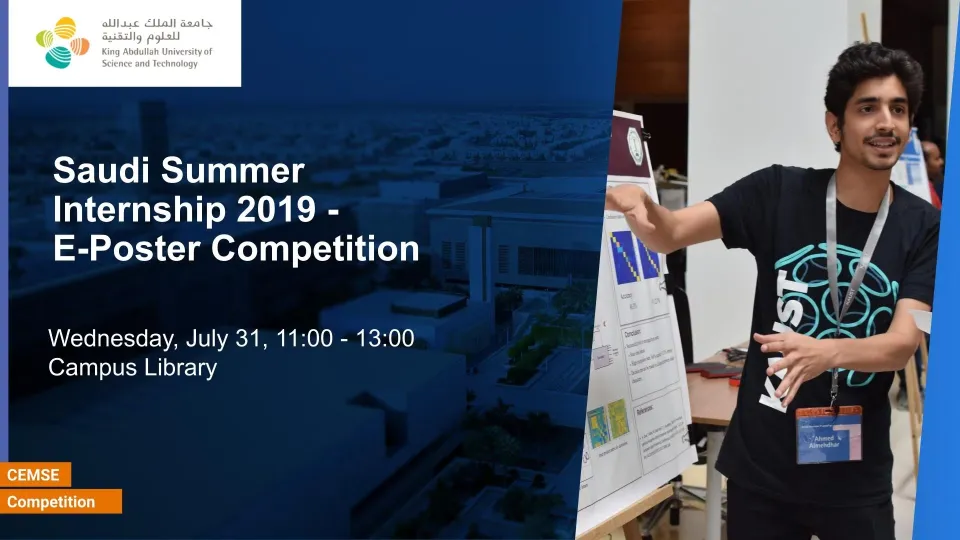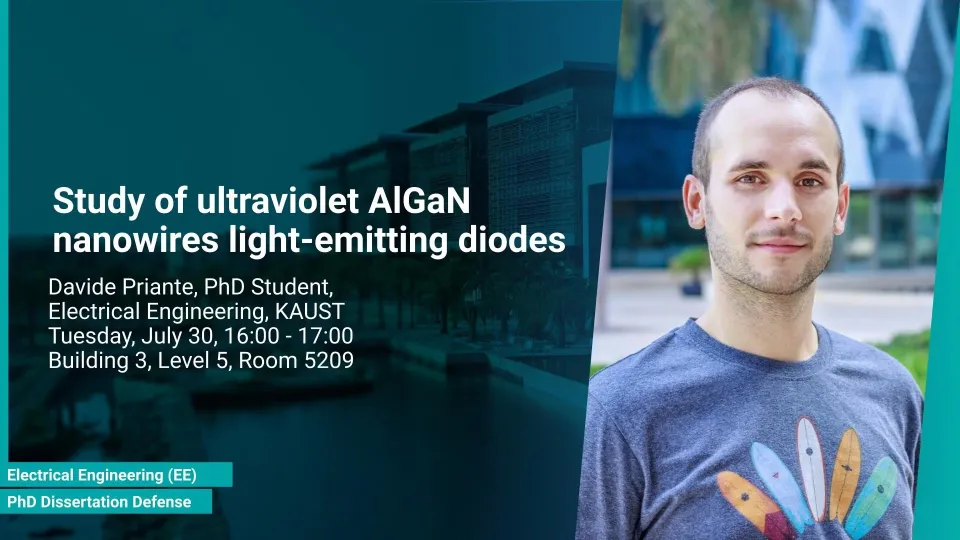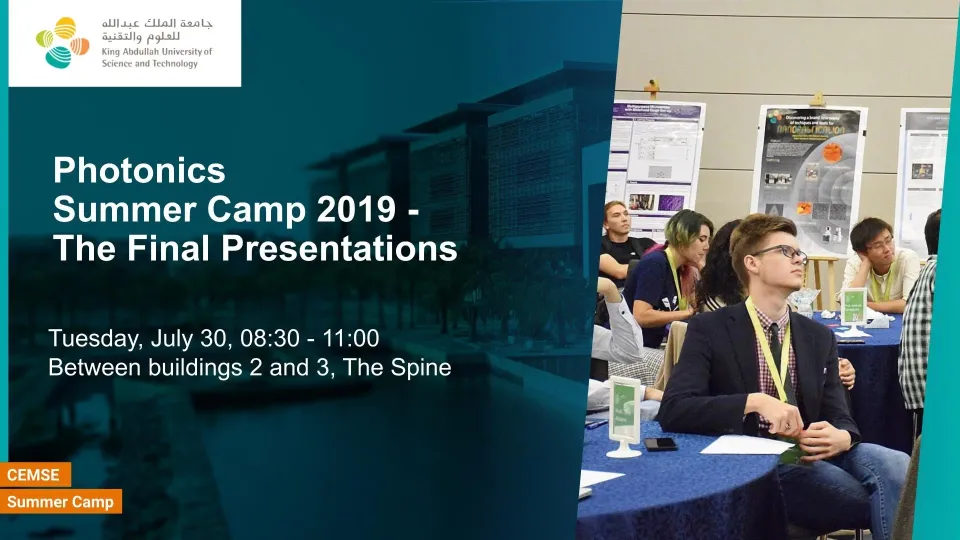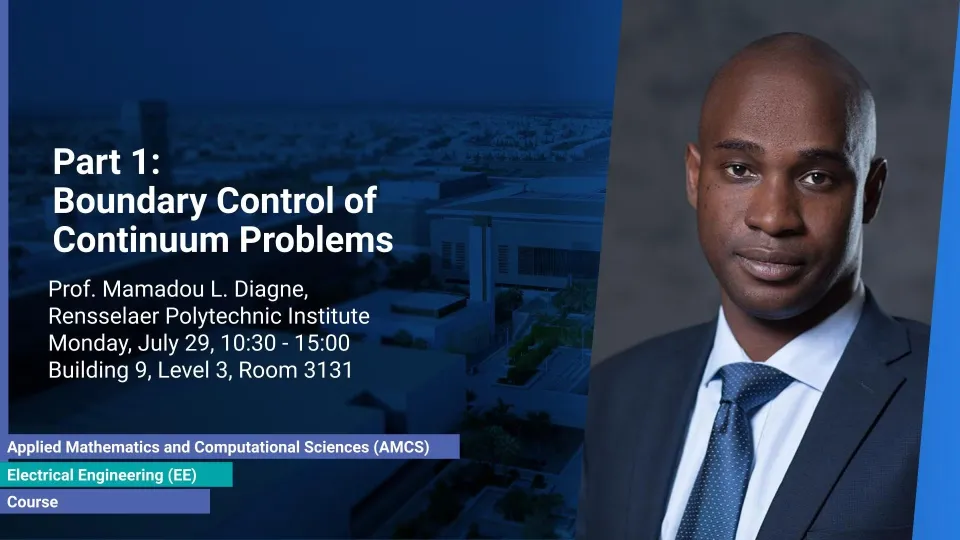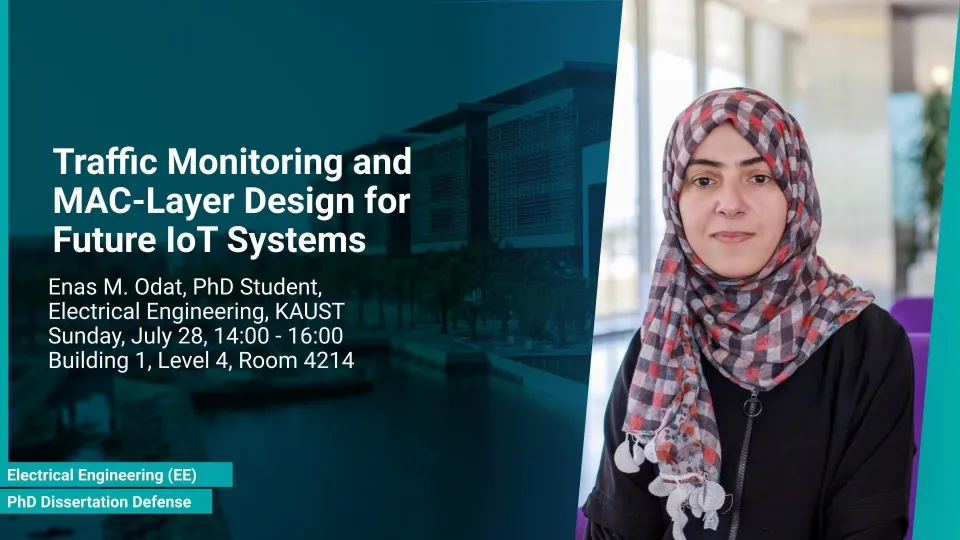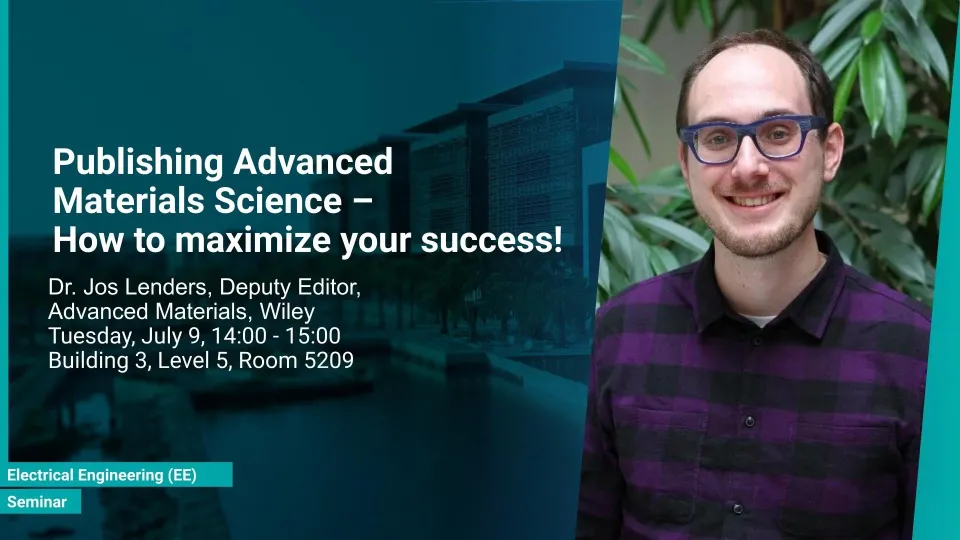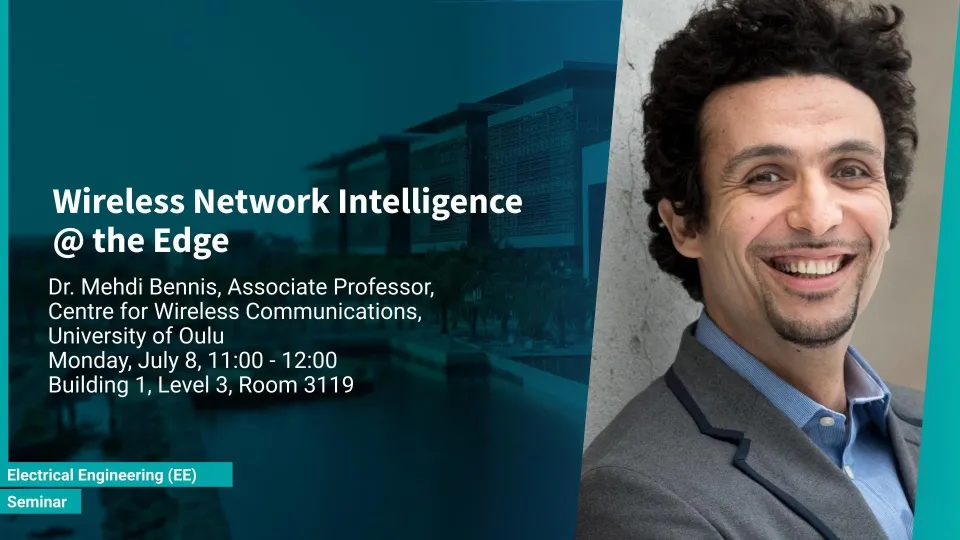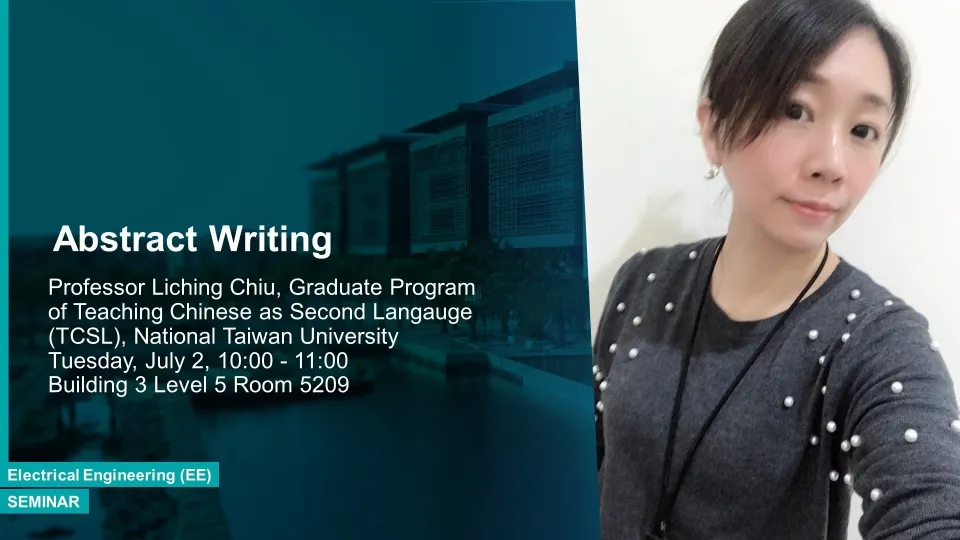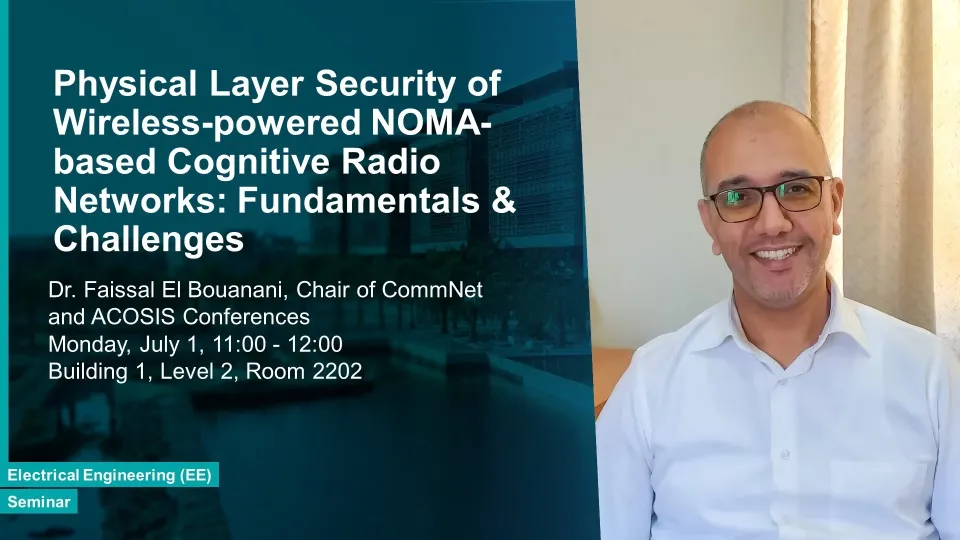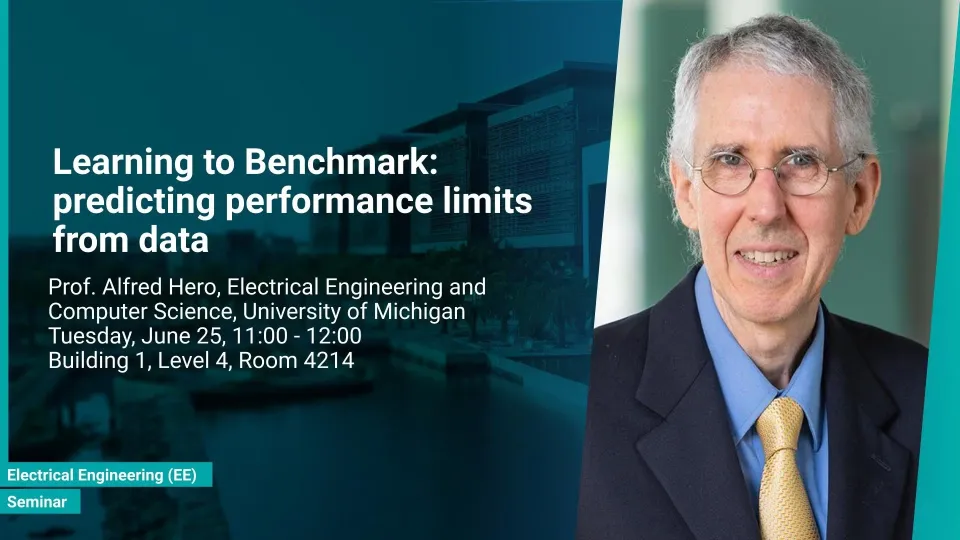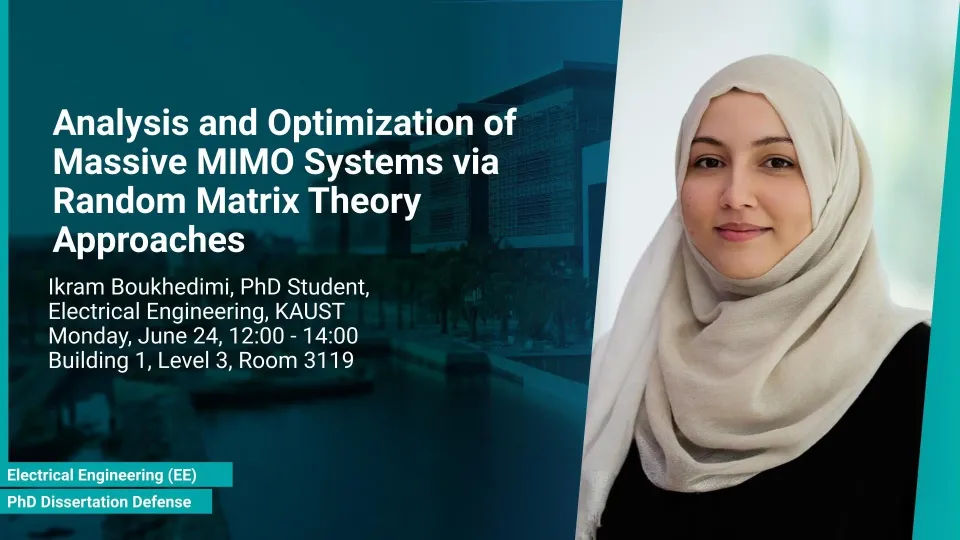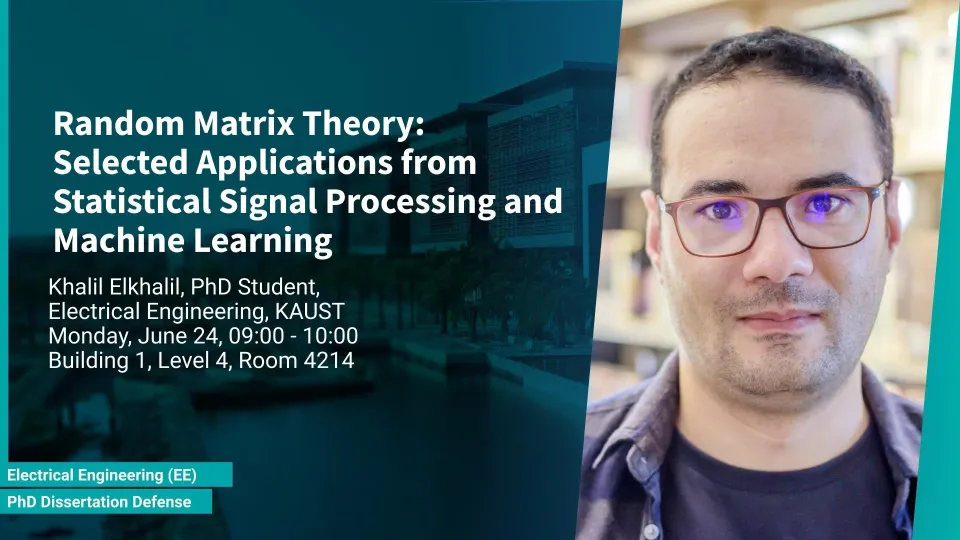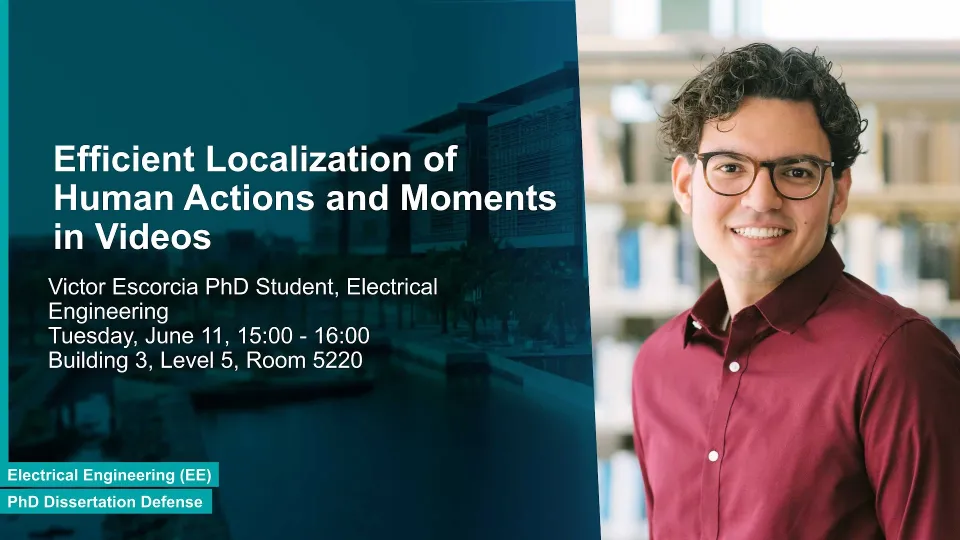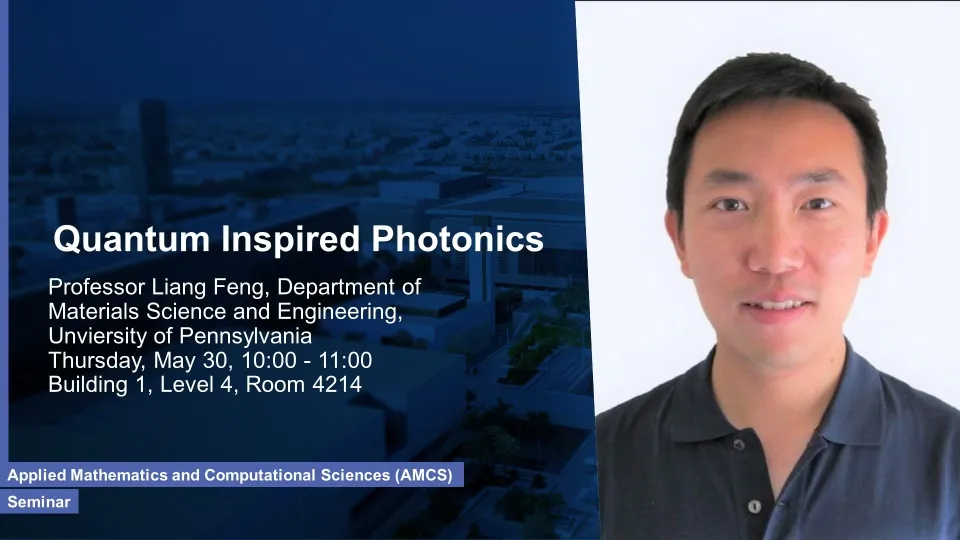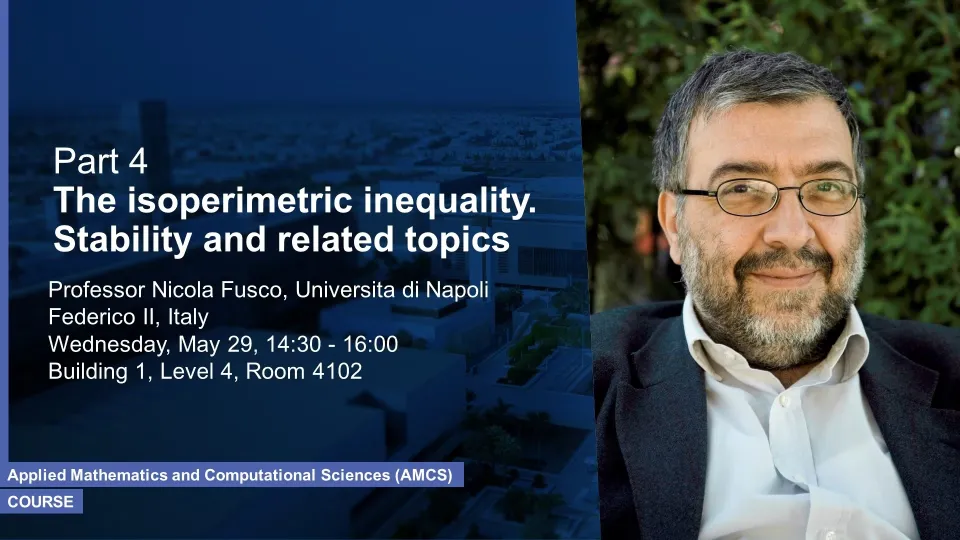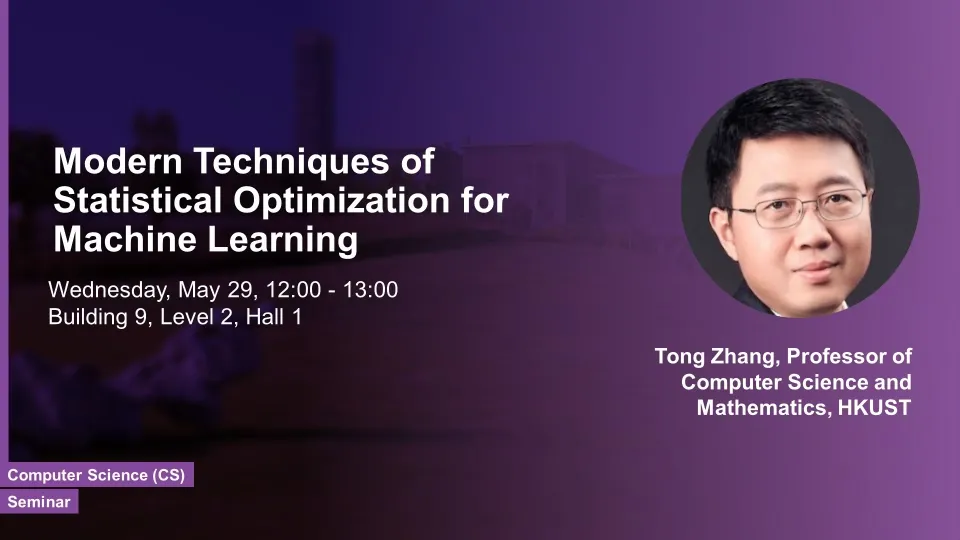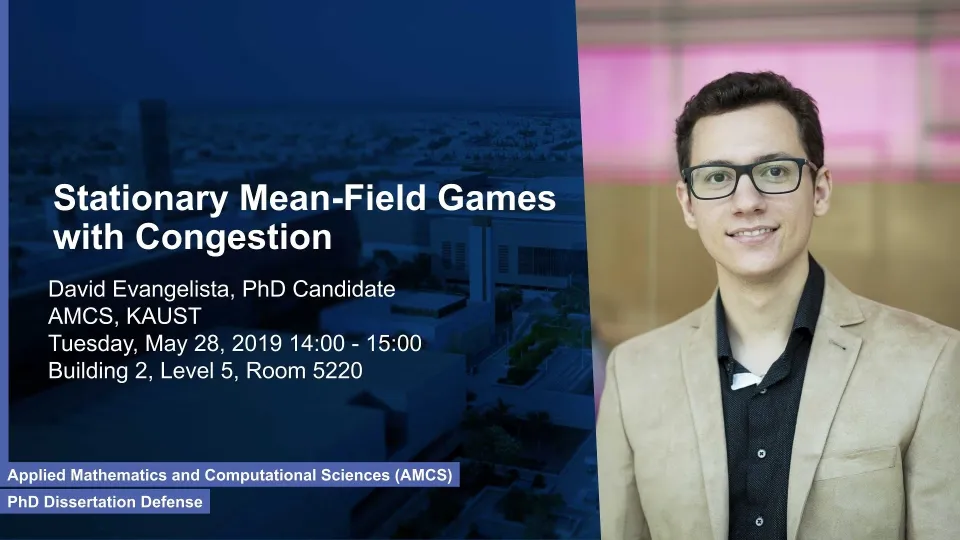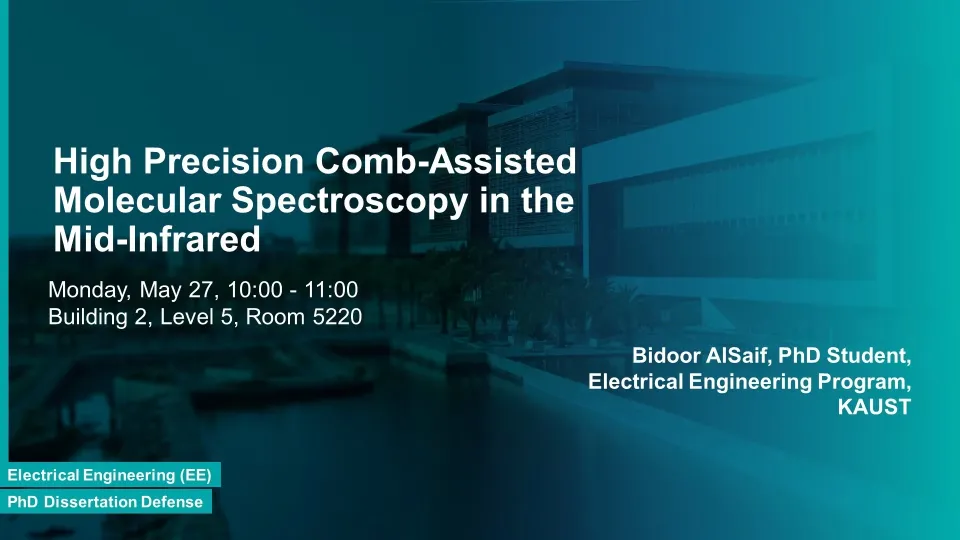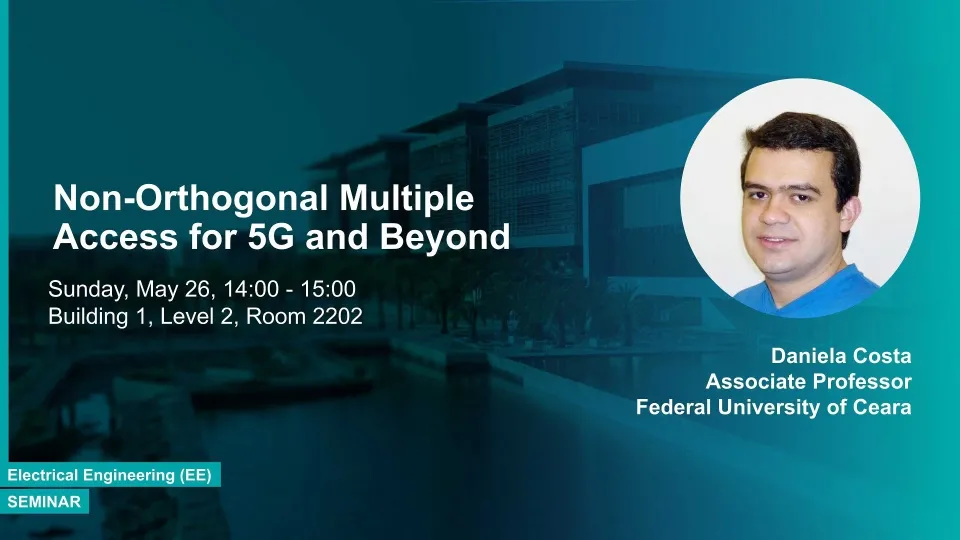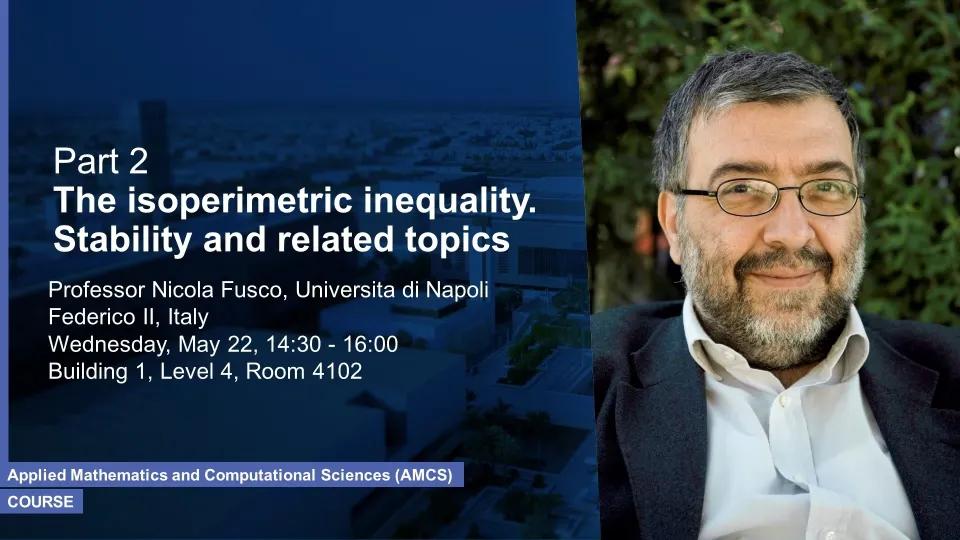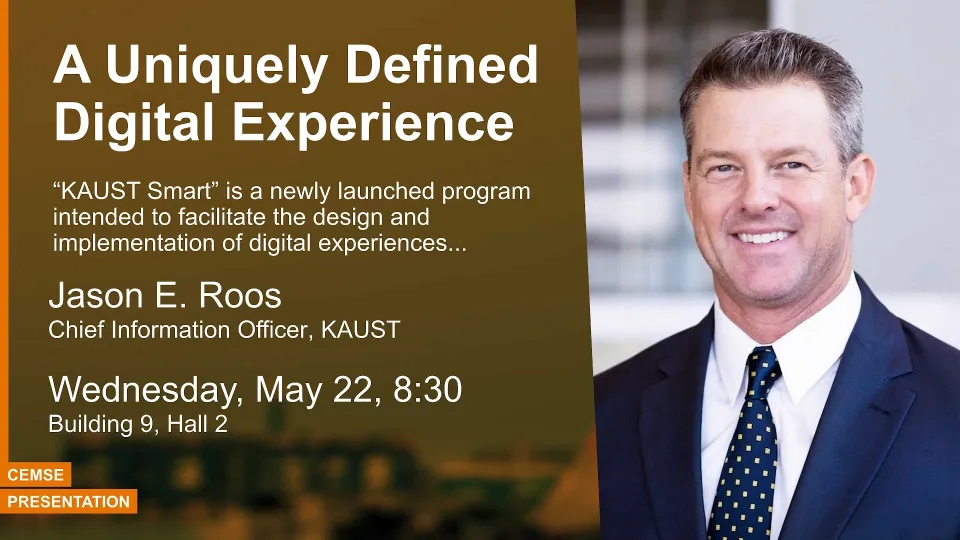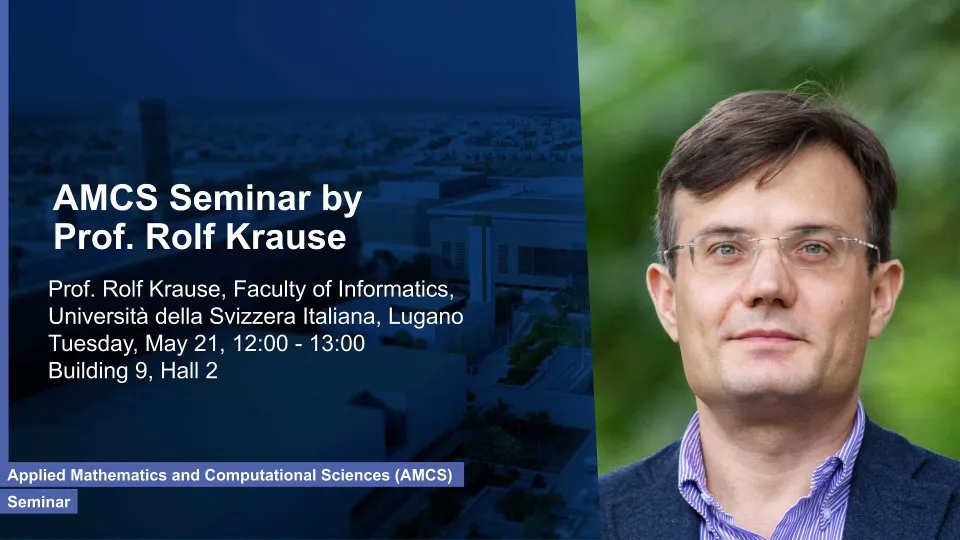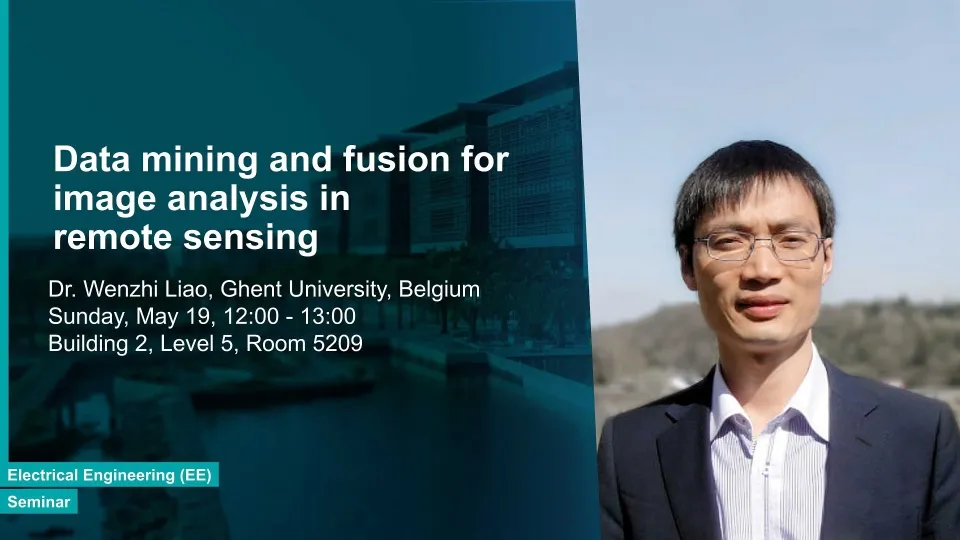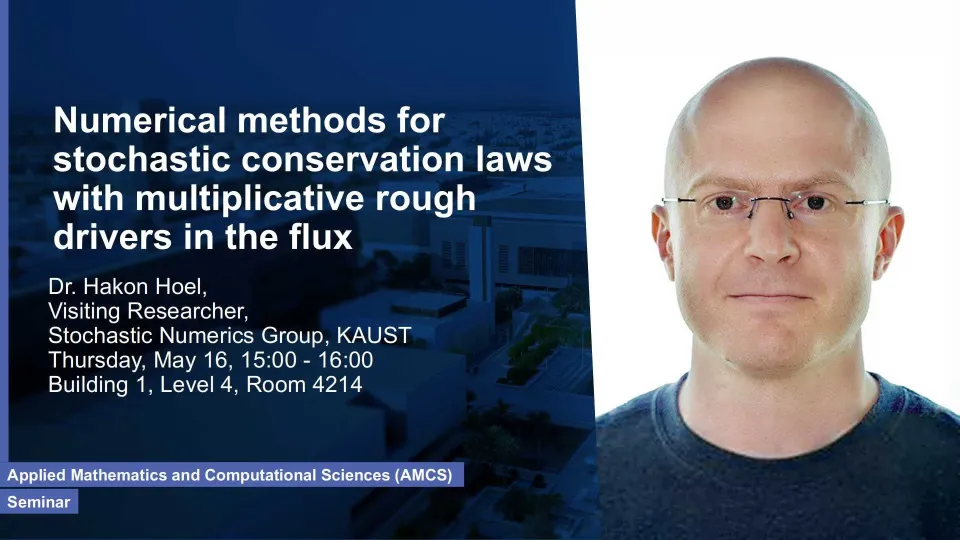Events
Sep 22 - Sep 28, 2019
Point cloud and volume data reconstruction and visualization
Dr. Ciril Bohak, Postdoctoral Researcher, Faculty of Computer and Information Science, University of Ljubljana, Slovenia
B1 L2
Exploring FPGAs for Virtualized In-Network Acceleration
Dr. Suhaib Fahmy, Associate Professor, Computer Engineering, University of Warwick, UK
B2 B3 A0215
Sep 15 - Sep 21, 2019
Sep 8 - Sep 14, 2019
Distributed Algorithms for Computing a Common Fixed Point of a Group of Nonexpansive Operators
Dr. Xiuxian Li, School of Electrical and Electronic Engineering, Nanyang Technological University, Singapore
B9 L2 H1
Sep 1 - Sep 7, 2019
Aug 25 - Aug 31, 2019
UV light emitter – challenges and new approaches – an example of device oriented R&D at PORT
Prof. Detlef Hommel, Polish Center for Technology development, Wroclaw University
B9 L2 H1
Jul 28 - Aug 3, 2019
Part 3: Boundary Control of Continuum Problems
Professor Mamadou L. Diagne, Rensselaer Polytechnic Institute
B9 L3 R3131
Part 2: Boundary Control of Continuum Problems
Professor Mamadou L. Diagne, Rensselaer Polytechnic Institute
B9 L3 R3131
Part 1: Boundary Control of Continuum Problems
Professor Mamadou L. Diagne, Rensselaer Polytechnic Institute
B9 L3 R3131
Jul 14 - Jul 20, 2019
Jul 7 - Jul 13, 2019
Jun 30 - Jul 6, 2019
Jun 23 - Jun 29, 2019
Jun 9 - Jun 15, 2019
May 26 - Jun 1, 2019
Modern Techniques of Statistical Optimization for Machine Learning
Tong Zhang, Professor of Computer Science and Mathematics, HKUST
B9 H1

